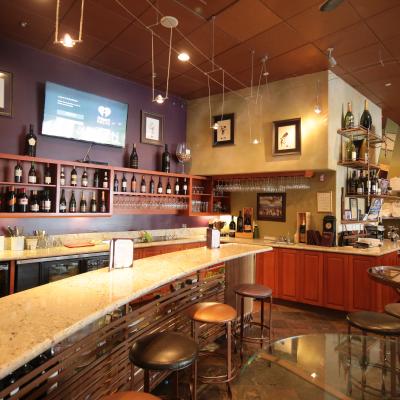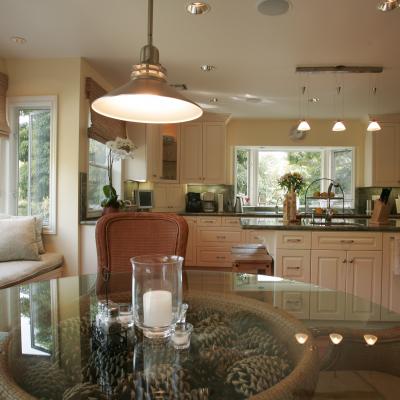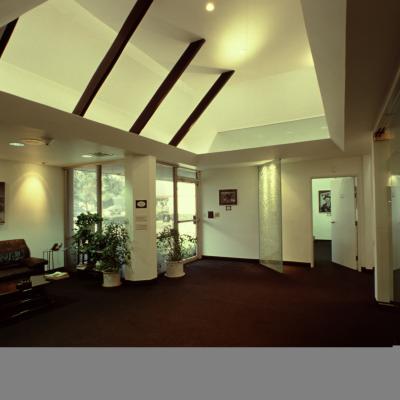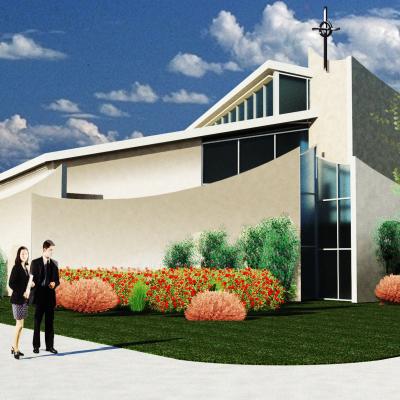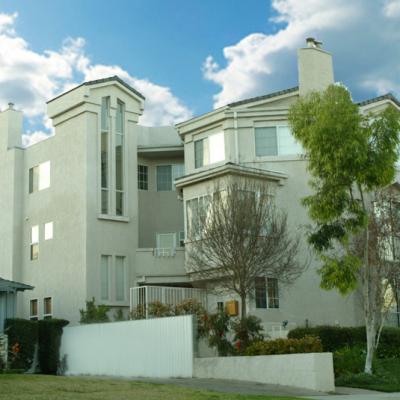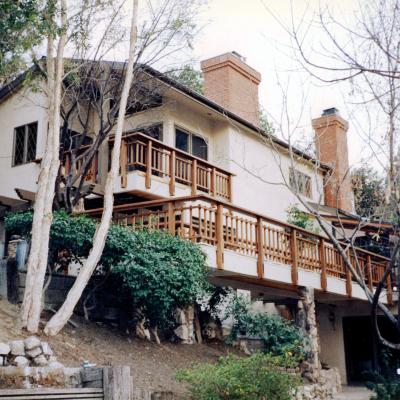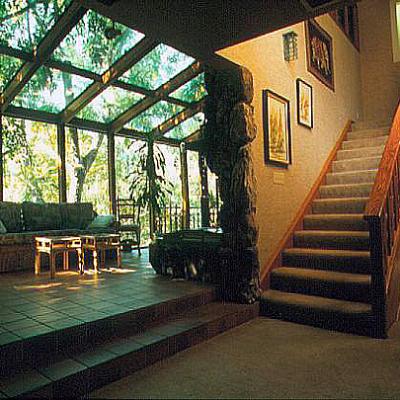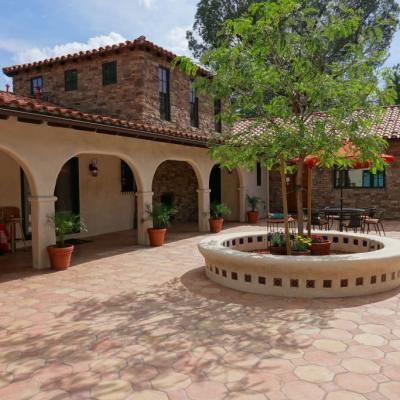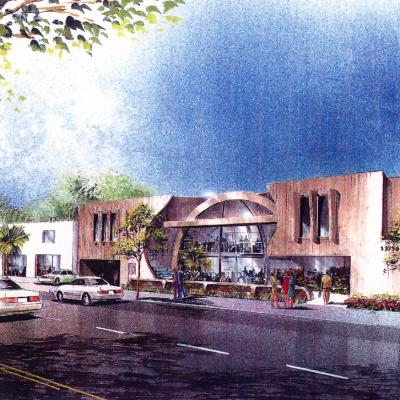I recently read “Between Silence and Light” by Louis Kahn, the architect of the Salk Institute in San Diego. It inspired some thoughts, as a good book should.
I kept thinking on what I would really like to be doing now, as an architect in my 60s. Like Kahn, I believe there is a heart to every site and building. If there isn’t, then how can the design deal with humanity? Enhancing civilization and the human experience is what real architecture is about. This remains true even as the architect works to digest and achieve the client’s goals. It may sound like a lofty goal but it is achievable. That said, I do accept the fact that most buildings are not real architecture. About 80% of buildings are developer based and do not involve an architect, so the human experience is seldom part of their program. As Kahn noted, it is OK for architects to work on only 5% of the built environment. That still gives us a lot of opportunity to create great built-environment experiences.
As an architect, I am always looking for that next great project, one in which I can use all my intuition and experience to create something wonderful. I know from experience that this is not accomplished from a perspective of “outside looking in,” but from incorporating the actual requirements—the function of each space, proximity, materials used, government restrictions, budgets and so on—into the creative process. There are always a few projects I have the opportunity to service that allows for this kind of thought, time, and follow up. Those keep me going as an architect. As we advance in years, it is the unfinished or unrealized opportunities that occupy our dreams. Perhaps that’s why, as history has documented, most architects only start getting into their prime after the age of 50. And the most famous architects are now more than 75 years old. Our experience continues to grow, especially when we love the process.
The internal resources of JHAI’s business are the conduit and the springboard to implementing that humanity driven, “spirit of architecture” that I continually seek to know, define and implement, the one that leads to the few true architectural projects we all dream of. Designing meaningful spaces, inventing new aspirations and enriching someone’s life is what architecture is all about. First we ask ourselves, “What does a building want to be?” Reverence to space and culture is to be respected. Then we establish an order for the design, which is a product of our intuition and experience, and the client’s main goals. From there, the architect synthesizes all information and begins to envision a spacial relevance to be used for a design. Specific materials support the design and details based on what the nature of the material want to be. You can feel it, in spirit. There is no need to remodel a building because it is 10 years old and out of fashion, when it is designed to be timeless. Humanity and the reverence for each building material, whether cradle-to-cradle design, incorporated or not, carries the day. The structure of order keeps the integrity of design on a straight path. By staying true to the natural order to the design process and its intended goal of design concepts from your Architect, and the design will work out great. Clients trust in their decision making abilities. Choosing your Architect is a major decision and it should be treated that way.
As Kahn said, “This progression is body, mind, society, and spirit, the attributes of the whole human being. A great building must serve each of these well and be a means for the integrating them.” Love the spaces you live and work in. Enjoy light and dark, low and high, the opening and closing of space, material, texture, color. Designed spaces should allow for flexibility in the changing world. Does the space work to enhance your individual humanity and assist in the efficiency of your activities? (Efficiency gives you freedom!) To create a space that facilitates humanity as a whole, and the safety and welfare of individuals—this is a covenant for architects to honor.


